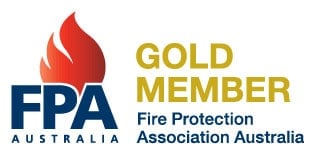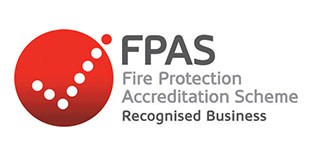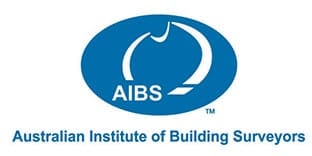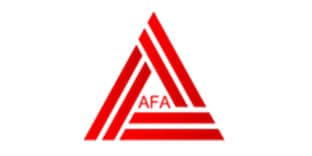Lowering your costs, protecting Fire+Rescue NSW resources
We work with the Fire+Rescue NSW False Alarm Reduction Unit to reduce the incidence of call-outs through false alarms in Smoke Detection Systems. FRNSW is the organisation formerly known as the NSW Fire Brigade.
Unwanted alarms are when FRNSW attends in response to an alarm where there is no fire or other emergency, i.e. a false alarm. The Fire and Rescue Act 1989 requires FRNSW to attend to all fire alarms.
FRNSW responded to approximately 48,000 Automatic Fire Alarms (AFAs) in the 2019/20 financial year. 97% of these alarms are what we class as being unwanted. Around 37% of all FRNSW responses are to AFAs. Most of the rest are in response to 000 calls site management or employees or from the public.
The problem with unwanted alarms is that:
As at November 2022, the false alarm charge that FRNSW levies is $1,600. You won’t have to pay for all unwanted alarms. In some circumstances, FRNSW will not charge you if the alarm was beyond the control of the owner or the false alarm does not occur with a certain frequency.
However you may also be looking at a $180 monitoring fee charge from your monitoring service.
Beside the fire panel of sites which use AFAs, is the Alarm Signalling Equipment (ASE). This little red box connects to one of three third party monitoring service providers. FRNSW refers to these as Automatic Fire Alarm Service Providers (AFASPs). In NSW the AFASPs are Chubb Fire Safety Ltd, ADT Fire Monitoring Pty Ltd and Romteck Grid Pty Ltd. The ASE sends through either an alarm or a fault signal to these monitoring services, who then pass on any alarms to FRNSW. Law requires FRNSW to send out a truck to the place of the emergency.
The AFASP reports any fault signal to the site for rectification.
The main causes of false alarms are:
When a Fire+Rescue unit arrives at the site, and the call was a false alarm, the crew will issue a billable code.
FRNSW permits one free false alarm call out every 60 days, with multiple allowable on the same day, as this is considered a single event.



You can lodge a claim for a waiver of your false alarm callout charges. You do this through your AFASP.
However, you will require supporting documentation. This is where we come in. We are fire protection professionals with expert experience in mitigating false alarms and can help you through the process. We can provide you with proof that demonstrates your commitment to reducing false alarms. This can be copies of invoices or work documents. For example, the replacement of a smoke detector with a thermal detector.
With your permission, we retrieve your call-out history from FRNSW. We then analyse the causes of past false alarms. This allows us to investigate possible patterns, and causes that we can eliminate.
We prepare a recommendation report outlining measures designed to decrease the incidence of false alarms at your premises. Sometimes it may entail replacement or relocation of detector heads. On other occasions it may need a different type of detector or simply a change in on-site policies. For example, instructions to tradesmen re dust-creating tasks.
Once we complete the upgrades and implemented new policies, we will assist you to lodge a waiver claim with FRNSW for refund or credit of past false alarm call-out charges where it can be demonstrated that conscientious measures have been implemented to reduce the incidence of false alarms. You use your AFASP to actually lodge the request.
Here are three examples of fire alarm charge waiver requests we did:
With the False-Alarm call-out charges increasing at times, it could be a good time to call us in. Contact our Sydney or Newcastle / Central Coast offices today.
“Working with you to provide the best results”




